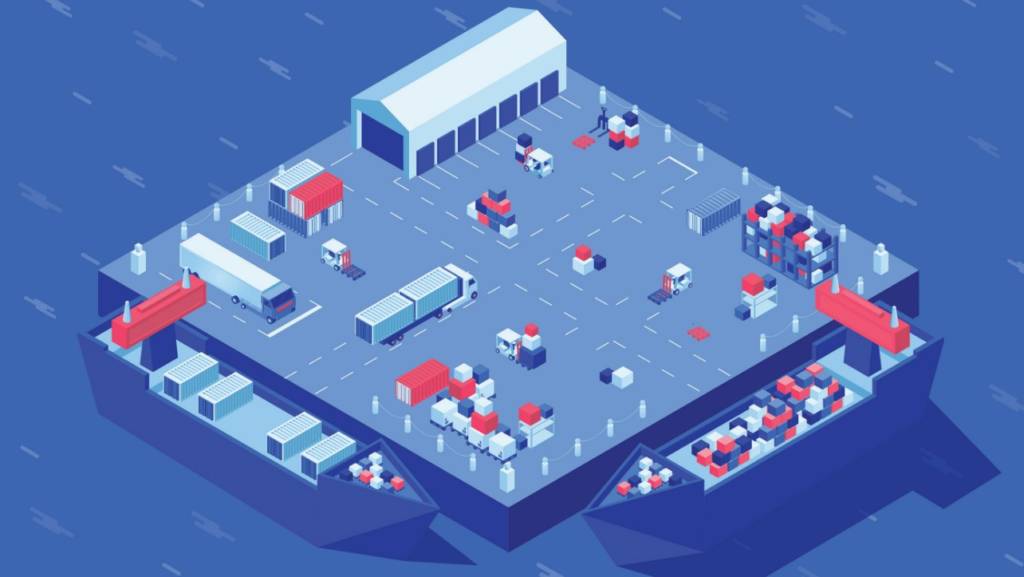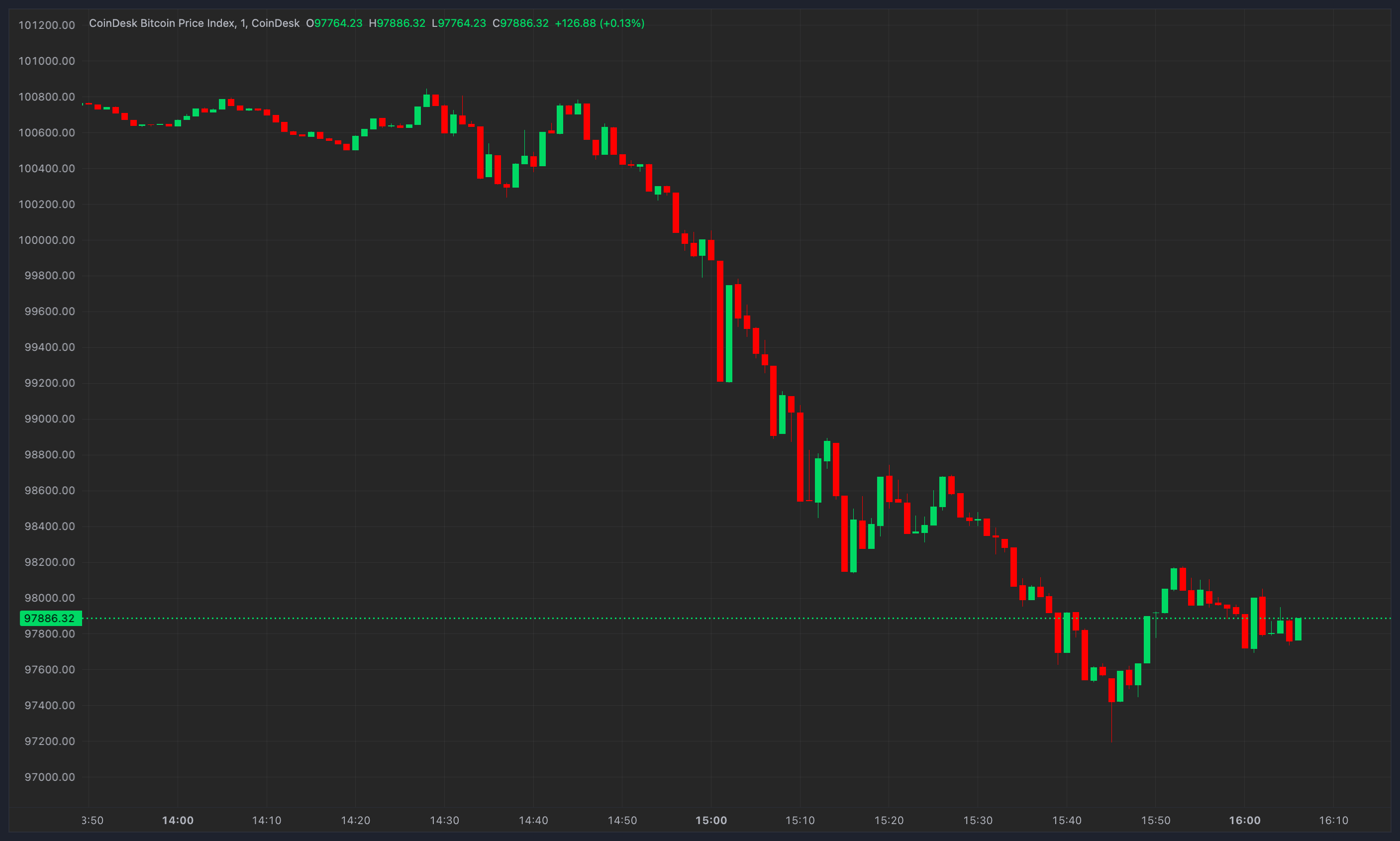Sibos 2022, Amsterdam, raised some important conversations for the trade finance industry, not least the future of trade digitisation.
It is clear that this new digital age will bring in new innovation for the market, but to what extent?
Trade Finance Global (TFG) spoke with Hari Janakiraman head of industry and innovation, transaction banking, from Australia and New Zealand Banking Group (ANZ) about the changing market conditions throughout the Asia-Pacific market and the advancements of digital technology in trade.
Changing markets
There have been some clear shifts in the Asia-Pacific market in a post-COVID world.
The pandemic-induced shutdowns and related disruptions have highlighted the risks that hyper-optimised yet non-diversified supply chains can have when a major challenges occur. The conflict in Ukraine is also prompting a reexamination of supply chains and logistics routes.
As a result, many firms are now looking to establish relationships with alternative suppliers to mitigate against these shocks in the future.
There has also been a growing trend of manufacturers moving out of China into other countries like Vietnam, Thailand, the Philippines, and India––where Apple has announced that it will be moving the production of the new iPhone.
Another major shift in supply chain management has to do with the accessibility of inexpensive capital.
“The era of cheap cash is seemingly over,” Janakiraman said.
“Companies that had a lot of liquidity––where they had the luxury of managing their supply chain through their own cash, which was valid at that point in time––are seeing that this is not the way to keep managing supply chains because the cash has now become too costly.
“They need to come up with better ways to inject liquidity into their supply chain. That means more demand for supply chain finance.”

Technology and digitalisation
In terms of digital advancements in trade, there is still much discussion around blockchain technology, although the rhetoric has changed over the past few years.
“We are seeing that it is no longer being talked about as a blockchain solution,” Janakiraman said.
“Instead, we have come to a stage where we are talking about the end service or the end product, but not necessarily talking about what it is built on.
“It’s estimated that the compounded annual growth rate of blockchain in the supply chain, in terms of the underlying technologies, is 54% compounded annual growth.”
This significant growth is happening because it helps enable a shift in governance in order for firms to meet their environment, social, governance (ESG) goals.
Blockchain also enables firms and banks to collect and monitor data across the entire supply chain in real-time.
“This means you can monitor your supplier performance. You can predict and identify something is going well or something is not going well,” Janakiraman said.
“Companies that are adopting these technologies have an edge over those that are still sitting on the fence in terms of what they can do.”

Data standards
When it comes to data collection and being able to analyse that data and use it to make informed decisions, there is still a significant amount of work to be done in the trade finance realm.
“You get that data, curate it in a way that makes sense to you, and then make a decision based on how much you can lend, when you should lend, and whether you will get your money back,” Janakiraman said.
“That is all trade finance is in the most simplistic sense.”
The challenge is that when you start collecting data, different companies can all have different data available, and it may be based on other methods of measuring and collecting.
This makes it very difficult to compare them side by side.
“It’s about putting that all together and who can get it right and make it easy for the customer,” Hari added.

Digital islands
Experts have been discussing the digital island problem in trade for many years now, but it’s possible that the concerns are less relevant in today’s market.
“I don’t think we need to sit and worry that we are going to have hundreds of different digital islands,” Hari said.
“We probably have certain big islands, and I think at this stage it’s not going to be an extremely hard thing to aggregate.”
Multiple initiatives, such as the Trade Information Network, of which ANZ is a member, exist to connect multiple data points.
“It’s about picking the platforms that we believe have real purpose and seeing how we can connect those platforms rather than worrying about how they are not connected,” Hari added.
Read More: news.google.com









 Bitcoin
Bitcoin  Ethereum
Ethereum  Tether
Tether  XRP
XRP  Solana
Solana  Dogecoin
Dogecoin  USDC
USDC  Cardano
Cardano  Lido Staked Ether
Lido Staked Ether  TRON
TRON  Avalanche
Avalanche  Sui
Sui  Wrapped stETH
Wrapped stETH  Chainlink
Chainlink  Toncoin
Toncoin  Stellar
Stellar  Shiba Inu
Shiba Inu  Wrapped Bitcoin
Wrapped Bitcoin  Hedera
Hedera  Polkadot
Polkadot  WETH
WETH  Bitcoin Cash
Bitcoin Cash  LEO Token
LEO Token  Uniswap
Uniswap  Litecoin
Litecoin  Pepe
Pepe  Hyperliquid
Hyperliquid  Wrapped eETH
Wrapped eETH  NEAR Protocol
NEAR Protocol  Ethena USDe
Ethena USDe  USDS
USDS  Internet Computer
Internet Computer  Aptos
Aptos  Aave
Aave  Mantle
Mantle  Render
Render  Cronos
Cronos  POL (ex-MATIC)
POL (ex-MATIC)  Ethereum Classic
Ethereum Classic  Bittensor
Bittensor  MANTRA
MANTRA  WhiteBIT Coin
WhiteBIT Coin  Virtuals Protocol
Virtuals Protocol  Artificial Superintelligence Alliance
Artificial Superintelligence Alliance  Tokenize Xchange
Tokenize Xchange  Monero
Monero  Dai
Dai